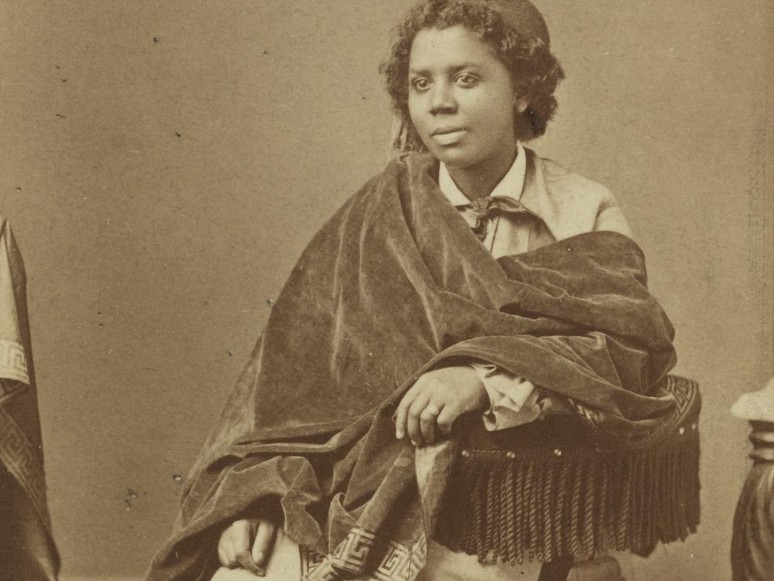It’s Indigenous Peoples Day, and so it’s a good day to talk about a sculptor who truly made her subjects look alive: Edmonia Lewis.
The details of her often difficult life are hard to piece together, in part because she often told different stories about her life to different audiences.
But we know that Lewis was born in the 1840s to a Black father and a Chippewa mother, and was mostly raised by her aunts in upstate New York.
She studied at Oberlin College for a time, but truly began her sculpting career in Boston, where she made and sold acclaimed works depicting famous figures of the time, like abolitionist William Lloyd Garrison and Robert Shaw, the Civil War colonel who would later be one of the main characters in the movie “Glory.”
Lewis’s profile grew after she moved to Europe and started creating even larger works.
Many sculptors hired stone workers to do the chiseling for them, but Lewis did it herself; she didn’t want anyone to say someone else deserved the credit for her work.
And that work deserved plenty of credit.
Her depiction of the death of Cleopatra, for example, won plenty of admirers.
A few people thought it was graphic and shocking, but nobody could dispute it was a singular piece of sculpture.
In works like “Old Arrow Maker,” Lewis also sculpted Indigenous people with respect, at a time when they were usually portrayed as wild or violent.
Many of her works have been lost over the years, but in the last few decades art historians have spread the word about Edmonia Lewis, a sculptor who overcame obstacles few of her fellow sculptors had to face – and created works as powerful and meaningful as any of them.
Happy Thanksgiving to our listeners in Canada.
It’s a big country, except in the exhibit known as Little Canada, which features miniature versions of some of the country’s most famous cities, landmarks and attractions.
You can see the whole country in one visit if you like!
Edmonia Lewis (Smithsonian American Art Museum)
As a Patreon backer you’ll turn each day’s show into a work of art!
Photo by Henry Rocher via National Portrait Gallery, Smithsonian Institution

